NFT Transfer Cost Calculator
NFT Transfer Calculator
Calculate real costs to move your gaming NFTs between blockchains
💡 Article Insight: Only 38% of interoperable games offer real customer support for cross-game issues. 67% of failed transfers are due to user error.
Results
Enter your NFT value and select a blockchain network to see transfer costs
Imagine buying a rare sword in one game, then walking into a completely different game and using that same sword-no re-purchase, no copy, no lock-in. That’s the promise of interoperable gaming NFTs. It sounds like science fiction, but it’s happening, slowly and unevenly, across a handful of blockchain games right now.
Right now, most digital items in games are just data on a server. If you spend $50 on a skin in Fortnite, you don’t own it-you’re just renting it. The game company can remove it, change it, or shut down the game tomorrow. Your money vanishes. Interoperable NFTs change that. They’re digital assets stored on a blockchain, like Ethereum or Solana, that you truly own. And if games are built to talk to each other, you can take that sword, helmet, or avatar from one game to another.
How It Actually Works
At its core, interoperability relies on three things: a standard token format, decentralized storage, and smart contracts that understand each other.
Most interoperable NFTs use ERC-721 or ERC-1155 on Ethereum. These are rules that say, “This token is unique and can be tracked.” The actual image or 3D model? That’s stored on IPFS or Arweave-decentralized networks that don’t rely on any one company’s server. So even if the game shuts down, your asset lives on.
The real magic happens in the smart contract. It’s not enough to just move the token. The receiving game has to understand what the asset is. Is it a sword? A hat? A dragon? Does it have stats? Does it fit the physics engine? A helmet from one game might look like a floating bubble in another if the systems don’t translate properly. That’s why some interoperable NFTs only work as cosmetics-visual items that don’t affect gameplay. Functional items? That’s way harder.
Real Examples That Work (Sort Of)
There are a few real cases where this works today.
The Sandbox and Decentraland let you wear your NFT avatars and wearables across both platforms. If you bought a Cool Cats NFT as a hat in Decentraland, you can wear it in The Sandbox too. That’s because both use the same ERC-1155 standard and agreed on basic metadata rules.
Axie Infinity’s Axies-those cute creature NFTs-can now be used in a separate game called Overworld. But this wasn’t automatic. The teams spent months building custom bridges and mapping stats. It’s not plug-and-play. It’s more like “hand-crafted compatibility.”
CryptoPunk #7804 made headlines when it appeared across four different games between 2022 and 2023. Each time, it was used as a cosmetic avatar. But each appearance added to its value. It sold for $12,500 in secondary markets-not because it was powerful, but because it was rare and visible in multiple places.
Why Most Games Still Won’t Play Nice
Here’s the problem: game designers hate this idea.
Games are carefully balanced. If you let players bring in a super-powered weapon from another game, it breaks everything. Imagine walking into a PvP arena with a legendary armor set you bought for $10,000. The game can’t just say “no.” That’s unfair. But if they say “yes,” the whole economy collapses.
That’s why most companies stick to silos. Steam, PlayStation, Xbox-they all keep your items locked inside their own worlds. A 2022 study found that 97.3% of digital game items never leave their original game. That’s the norm. Interoperability is the exception.
Even when games try to connect, things go wrong. In early 2022, The Sandbox tried to link with Somnium Space. Their NFTs looked fine on paper, but when loaded into the other game, the physics didn’t match. Hats floated in mid-air. Weapons passed through walls. It took six months to fix with middleware. Most studios don’t have that kind of time or money.
The Cost of Moving Assets
Transferring an NFT isn’t free. On Ethereum, each transfer can cost $1.27 or more during busy times. That’s a big deal if you’re moving a $50 item. On Solana, it’s about $0.00025-almost nothing. But Solana has had outages, and its centralization raises trust issues.
Then there’s the wallet problem. Most players don’t know what a crypto wallet is. They’ve never used MetaMask or Phantom. To move an NFT between games, you need to connect your wallet, approve a transaction, pay gas fees, and wait for confirmation. One wrong click and your asset gets stuck. A 2023 study found 67% of failed transfers were due to user error.
Only 38% of interoperable games offer real customer support for cross-game issues. If your NFT vanishes during transfer, you’re on your own.
Who’s Really Using This?
As of late 2023, Web3 gaming has about 103 million players. Sounds big? Compare that to the 3.24 billion people playing traditional games. Interoperable NFTs are a niche within a niche.
Most users are crypto-native. They’re not casual gamers-they’re collectors, speculators, and early adopters. Reddit’s r/NFTgaming community has 247,000 members, and sentiment is mostly positive. But Trustpilot reviews for NFT marketplaces average just 2.8 out of 5. Common complaints: assets disappeared, visuals glitched, value dropped after transfer.
Only 14.3% of Axie Infinity players have successfully moved their Axies to partner games. The rest gave up after the first failed attempt. The barrier isn’t just tech-it’s complexity.
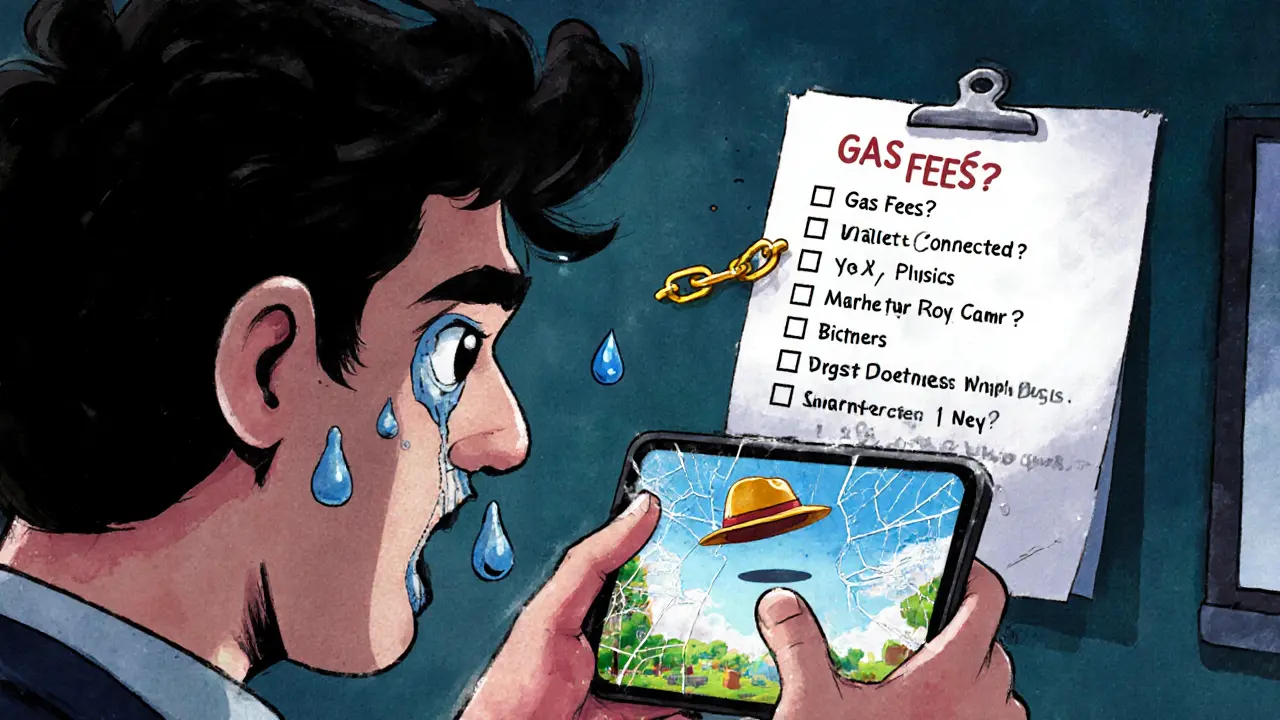
The Future: Cosmetic First, Functional Later
The industry is slowly moving toward standardization. In August 2023, the Metaverse Standards Forum-backed by Microsoft, Meta, and Unity-released Version 2.1 of its Universal Asset Description Schema. This is a big deal. It’s the first attempt at a universal language for NFTs across games.
The Sandbox launched its Bridge Protocol in September 2023, connecting to 12 partner games. Decentraland and OpenSea rolled out a new “Interoperable NFT” standard in November 2023. Sequence, a key developer platform, is launching its GameLink Protocol in Q2 2024. It claims to solve the physics mismatch problem in real time.
But experts are realistic. J.P. Morgan predicts $12.3 billion in revenue by 2026. But former EA exec Peter Moore warns: without universal standards, this will become a fragmented mess.
The most balanced view comes from USC’s 2023 report: cosmetic items-skins, hats, avatars-will see real adoption in 3 to 5 years. Functional items-weapons, tools, vehicles-will take 5 to 7 years. Why? Because changing how games are designed, balanced, and monetized is harder than coding a blockchain.
Should You Care?
If you’re a player who loves collecting rare items and wants them to last beyond one game, then yes. Interoperable NFTs give you real ownership. Your $200 armor doesn’t vanish when the game dies. It might even grow in value as more games accept it.
If you’re a casual gamer who just wants to have fun? Probably not yet. The process is clunky. The risks are real. You might lose your asset. You might pay $5 in fees to move a $10 item. The games that support it are still small.
But if you believe digital ownership matters-if you think your in-game items should be yours forever-then this is the future. It’s not here yet. But it’s being built. Slowly. Carefully. One broken bridge at a time.






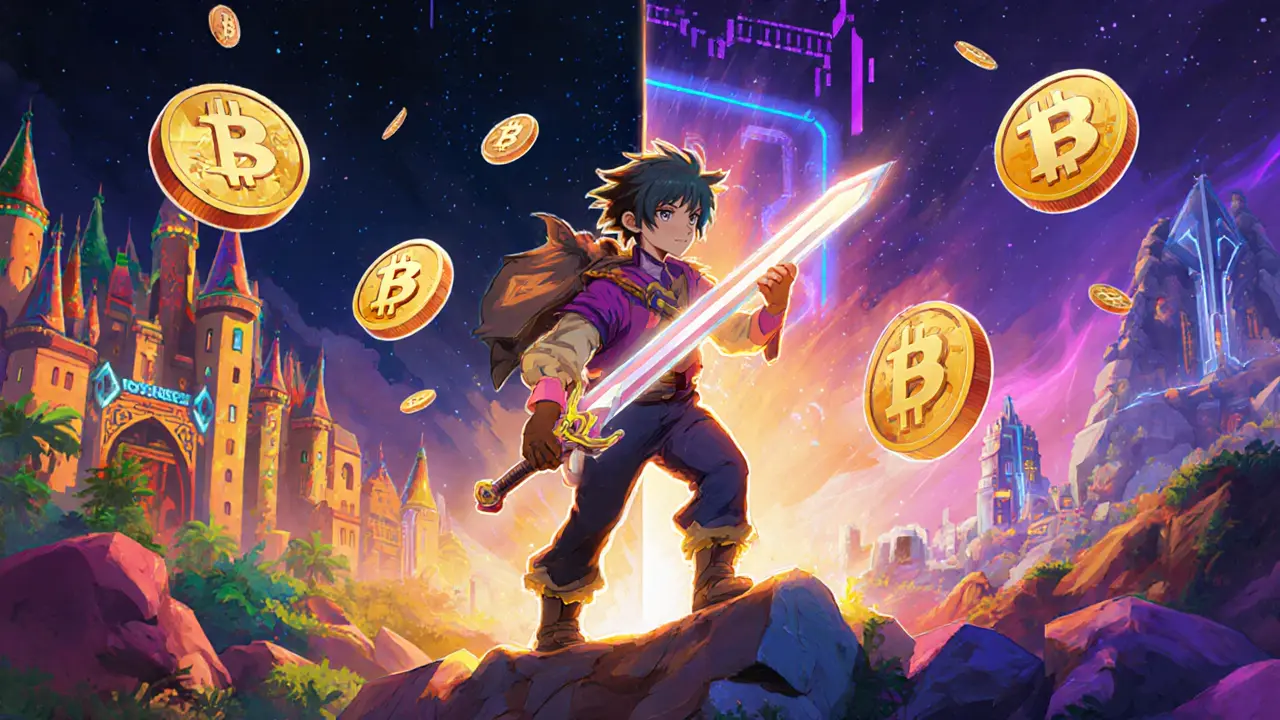
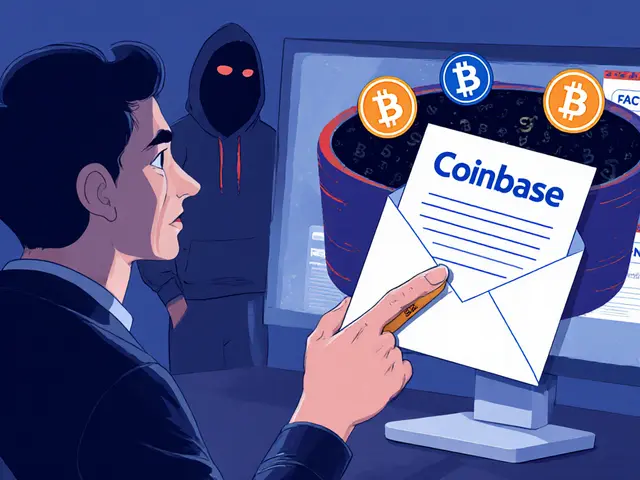

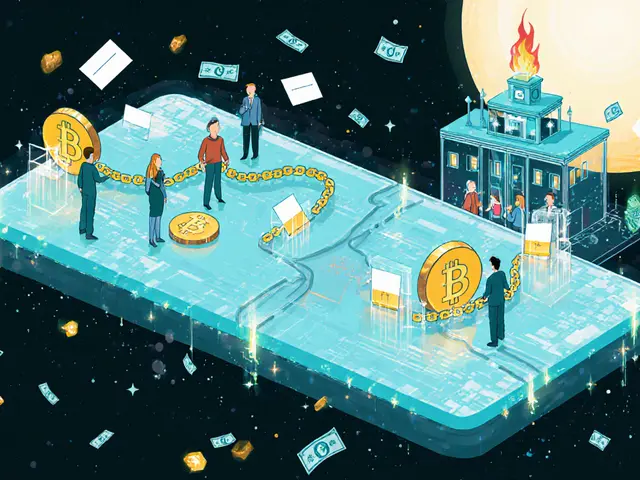
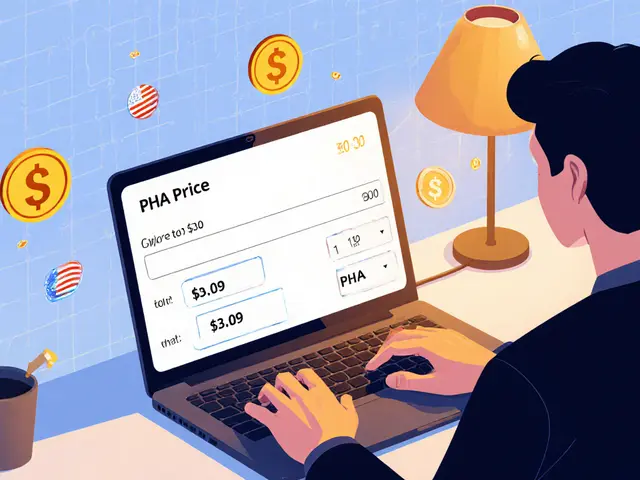
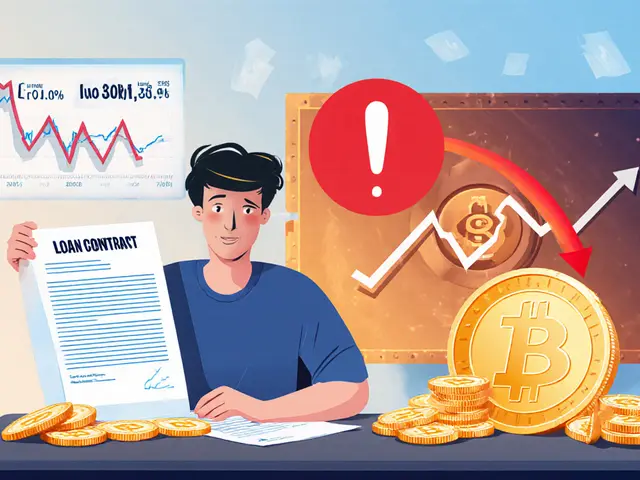
People Comments
This is actually kind of beautiful 🥹 I just want my digital stuff to last longer than my phone does. If I spend money on a cool hat, it should be mine forever-not just until the next update.
Finally, someone who gets it. Ownership isn't a buzzword-it's a right. ERC-721 and ERC-1155 aren't just tech specs; they're the foundation of digital autonomy. And yes, the gas fees? Annoying. But Solana's low cost? A game-changer. IPFS is the unsung hero here-decentralized storage means your NFT outlives the studio that made it. Let's not forget: this isn't just about games. It's about redefining property in the digital age.
Also, the fact that 67% of failed transfers are user error? That's a UX crisis. Not a tech one. We need onboarding like it's 2024-not 2018.
And yes, cosmetic items first? Absolutely. Functional interoperability is like trying to merge two different physics engines with duct tape. But hats? Avatars? Those can be universal. Think of it as digital fashion. You wouldn't ask a Gucci bag to function as a toaster. Why should your NFT helmet do damage calculations?
The Metaverse Standards Forum's schema? Long overdue. And Bridge Protocol? A quiet revolution. No hype. Just standards. That’s how real progress happens.
Don’t let the trolls scare you. This isn’t crypto bros. It’s collectors. Artists. Gamers who believe their digital artifacts deserve legacy. And if you think this is niche? Wait until a kid in Tokyo wears their NFT dragon in three different games-and their grandma sees it on TikTok.
It’s slow. It’s messy. But it’s real. And that’s more than we can say for most of the gaming industry right now.
So… you’re telling me people are paying real money for digital hats that float in mid-air because the physics engine didn’t get the memo? 🤦♀️
It’s funny how we treat digital stuff like disposable trash-until it’s something we actually care about. We’ll buy a $200 sword in a game, then act like it’s a toy. But if it’s on the blockchain? Suddenly it’s ‘speculation.’
What if ownership isn’t about value? What if it’s about dignity? You don’t own your car because it’s worth $30k-you own it because you can drive it, fix it, sell it, or leave it in the garage forever. Why should your digital avatar be any different?
The real tragedy isn’t broken bridges or gas fees. It’s that most gamers don’t even realize they’ve been renting their joy this whole time.
I appreciate the nuance here. I’ve tried moving an Axie to Overworld and failed twice. It’s not the tech-it’s the lack of hand-holding. No one explains how to connect your wallet without sounding like a crypto sales pitch. And when things break? Crickets.
But I still believe in it. I just wish the industry treated new users like humans, not wallets.
Bro. I spent $800 on a CryptoPunk and now it’s just a pixel face in five games. No one even notices. It’s like buying a Ferrari and parking it in a Walmart lot.
Where’s the hype? Where’s the glory? I just want to flex.
There’s something poetic about digital heirlooms. Imagine your grandkid logging into a game in 2040 and seeing the hat you wore in 2025. That’s not just NFTs-that’s legacy.
It’s not about the money. It’s about memory.
While the notion of interoperable NFTs appears superficially compelling, one must consider the systemic implications of asset portability within proprietary digital ecosystems. The fundamental economic architecture of modern gaming is predicated upon controlled scarcity and platform-specific monetization. Introducing cross-platform asset mobility introduces destabilizing externalities that undermine the very incentive structures upon which AAA development depends. Furthermore, the technical burden of metadata translation across heterogeneous engine architectures is not trivial-it is computationally prohibitive for most studios with under $100M in annual revenue. The current adoption rate of 14.3% among Axie players is not indicative of user apathy-it is a rational response to a non-viable value proposition under current economic and technical constraints. Until standardized rendering protocols are universally adopted-and wallet interfaces are as intuitive as a toaster-this remains a niche curiosity for technocrats, not a mainstream paradigm shift.
I’m not into crypto, but I love the idea of keeping my digital stuff. I’ve spent years collecting skins in old games that shut down. It hurts. If I could keep them alive somewhere else? Yeah. I’d try it.
Just make it easy, please.
This is the quiet revolution no one’s talking about. 🌱
Imagine a world where your digital identity isn’t trapped in a walled garden. Where your avatar from your favorite indie game can walk into a multiplayer world and say, ‘Hey, I’ve been here since 2021.’
It’s not about the money. It’s about continuity. About being remembered in the digital world you helped build.
And yeah, the fees suck. The UX is trash. But look at how far we’ve come-from pixel art to 3D NFTs that live across worlds. We’re building the internet’s first true digital museum-and it’s messy, beautiful, and ours.
Let’s not throw it away because it’s not perfect yet.
Let’s be honest: this is just a tax evasion scheme disguised as gaming. You think these NFTs have value? They’re just digital graffiti on a blockchain that’s about to collapse. The ‘ownership’ is an illusion. The wallets are hacked. The games disappear. And the only ones profiting are the devs who sold you the dream while cashing out.
Wake up. This isn’t innovation. It’s financial manipulation wrapped in pixel art.
Ownership is the core issue here. We’ve spent decades being told we don’t own our digital purchases-and we accepted it. But now? We’re seeing a generation that refuses to accept that anymore.
This isn’t about crypto. It’s about agency. About refusing to be a renter in your own digital life.
Even if it’s clunky now, it’s the right direction.
Have you considered that this entire interoperability movement is a front for centralized entities to re-centralize control under the guise of decentralization? The Metaverse Standards Forum? Backed by Microsoft, Meta, and Unity. Who owns those companies? Who controls the ‘universal schema’? This isn’t liberation-it’s rebranding. The blockchain is just the new server. The wallets? New login portals. The ‘ownership’? A contractual license with more steps.
They want you to believe you’re free. But you’re just moving from one cage to another-with higher gas fees.